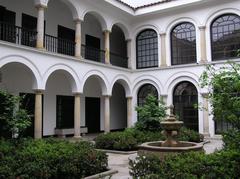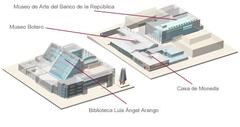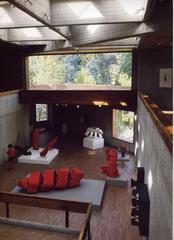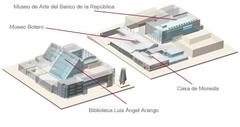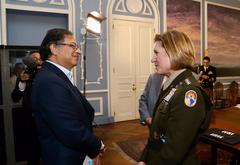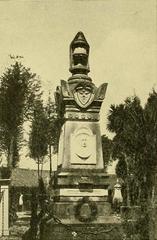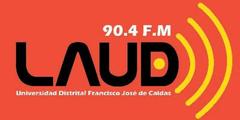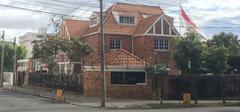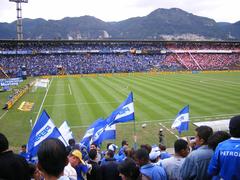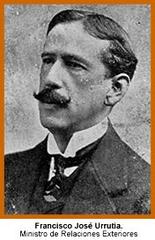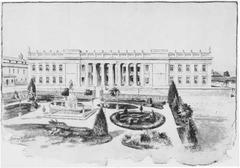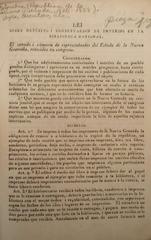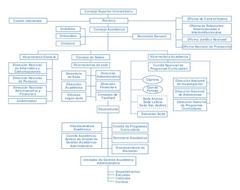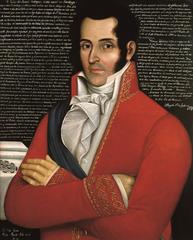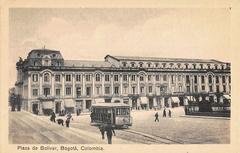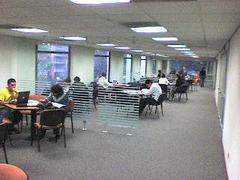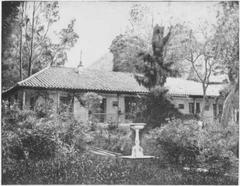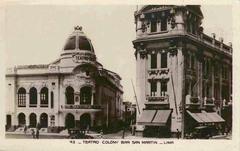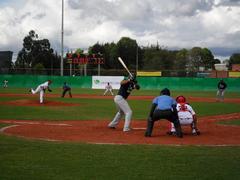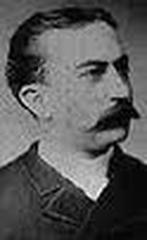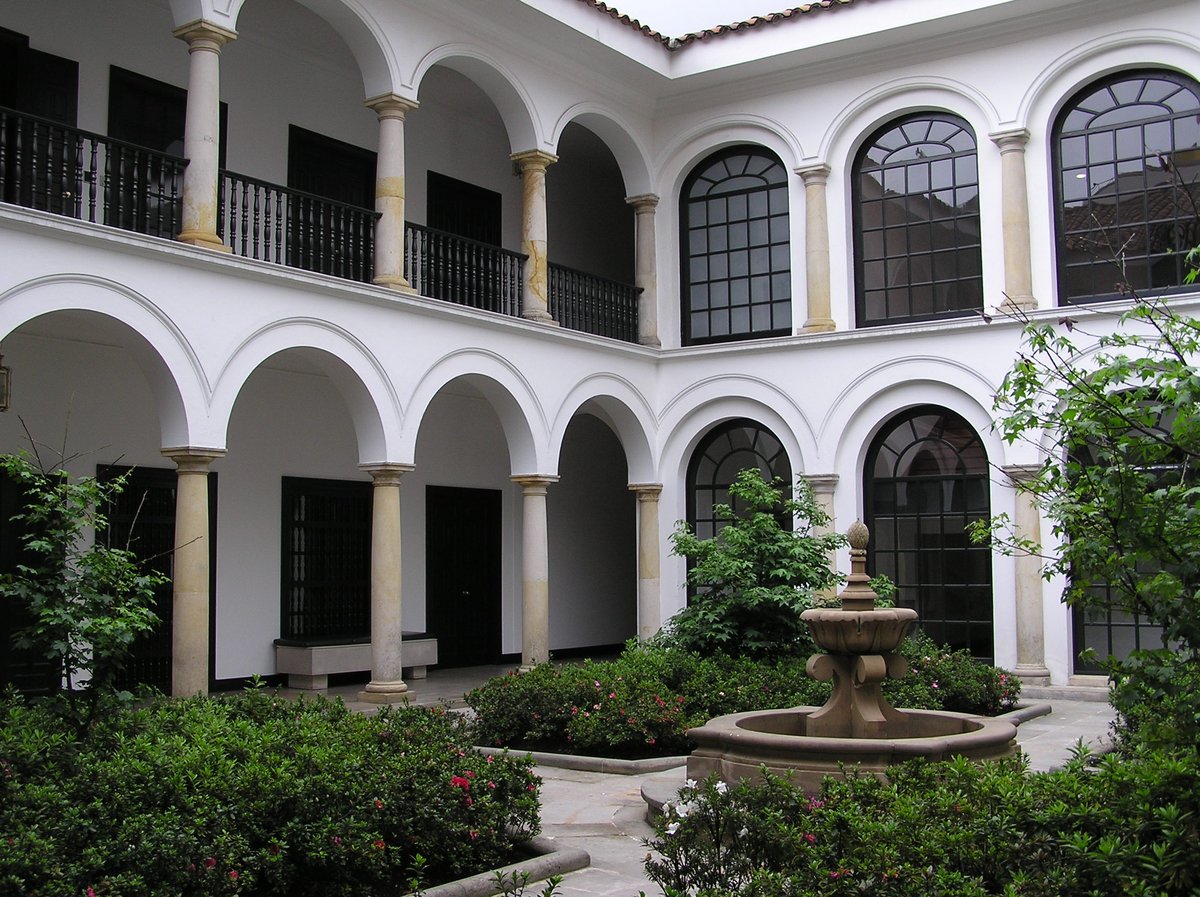
Botero Museum: Visiting Hours, Tickets, and the Essential Guide to Bogotá’s Cultural Gem
Date: 14/06/2025
Introduction: The Botero Museum’s Significance in Bogotá
Located in the heart of Bogotá’s historic La Candelaria district, the Botero Museum is a cornerstone of Colombia’s cultural landscape. Established in 2000, the museum is the result of Fernando Botero’s extraordinary donation of 208 artworks—123 of his own and 85 from his private international collection—making it one of Latin America’s most important public art institutions (Google Arts & Culture; Hoteles B3). Set in a beautifully restored colonial mansion, the museum provides a unique opportunity to explore Colombian identity and global artistic heritage, all with free admission for visitors.
Botero’s signature style, “Boterismo,” is instantly recognizable for its voluminous, exaggerated forms that blend humor, social critique, and cultural reflection. His works, rooted in Colombian culture yet engaged with global art movements, are displayed alongside masterpieces by Picasso, Monet, Dalí, and Giacometti, creating a vibrant dialogue between national and international art (Atlas Obscura; Google Arts & Culture).
Nestled among other Bogotá historical sites, such as the Gold Museum and Plaza de Bolívar, the Botero Museum is an essential stop for anyone seeking to experience the city’s rich cultural heritage (Arepas del Gringo; Uncover Colombia). This guide provides comprehensive information on the museum’s origins, collections, visitor logistics, and cultural impact to help you make the most of your visit (Colombia Travel).
Table of Contents
- Origins of the Botero Museum
- Fernando Botero: Artistic Legacy and National Identity
- The Museum’s Collection
- Practical Visitor Information
- Getting There & Nearby Attractions
- Educational Impact & Community Engagement
- Tips for Visitors
- FAQs
- Conclusion
- References
Origins of the Botero Museum
Founded in 2000 following Fernando Botero’s landmark donation to Colombia’s Banco de la República, the Botero Museum stands as a testament to the artist’s vision and philanthropy. Botero’s collection, which includes works by Picasso, Monet, Renoir, Dalí, and Giacometti, is permanently housed in a colonial mansion in La Candelaria—a building once serving as the Archbishopric of Bogotá (Hoteles B3; Google Arts & Culture). The museum opened to the public on November 1, 2000, in accordance with Botero’s wish that the collection remain in Bogotá, be accessible to all, and never be sold or loaned (DailyArt Magazine).
Fernando Botero: Artistic Legacy and National Identity
Born in Medellín in 1932, Fernando Botero’s unique style—characterized by exaggerated, rounded forms—has become synonymous with modern Colombian art (Google Arts & Culture). Deeply influenced by European Old Masters and his Colombian roots, Botero’s art explores themes of power, violence, and identity. His satirical portraits and social commentaries are globally recognized, and his works have addressed both national issues (like Colombian violence) and international events (such as the Abu Ghraib series) (History Hit).
The Museum’s Collection: A Cultural Treasure
Botero’s Works
The museum features over 120 pieces by Botero, including paintings, drawings, and sculptures. His signature “Boterismo” style is on full display in works such as:
- La Familia Presidencial (1967): A satirical take on political power in Colombia.
- Madre Superiora (1965): An exploration of religious authority.
- Caballo (Horse): Monumental bronze sculpture symbolizing Botero’s fascination with animal forms and Colombian culture.
- Mujer con Espejo (Woman with Mirror): A playfully voluminous sculpture reflecting Botero’s distinctive proportions (Arepas del Gringo).
Botero’s versatility is evident not just in painting and sculpture, but also in his drawings, pastels, and collages, which reveal his creative process and technical mastery.
International Masters
The museum’s international collection, donated by Botero, includes works by:
- Pablo Picasso: Pieces reflecting the interplay between Cubism and Botero’s own style.
- Claude Monet: Impressionist landscapes in contrast to Botero’s forms.
- Pierre-Auguste Renoir, Salvador Dalí, Henri Matisse, Joan Miró, Marc Chagall, Max Ernst, Alexander Calder, and more: These works provide context for Botero’s influences and a broader view of 19th- and 20th-century art (Atlas Obscura; Humbo).
The galleries are arranged to highlight both chronological and thematic connections, offering visitors insight into Botero’s artistic evolution and his dialogue with international art (Arepas del Gringo).
Practical Visitor Information
Visiting Hours & Tickets
- Hours: Tuesday through Saturday, 9:00 AM to 7:00 PM (last admission 6:00 PM); Sundays and public holidays, 10:00 AM to 5:00 PM (last admission 4:00 PM). Closed Mondays (Visit My Colombia).
- Admission: Always free, with no tickets required (Arepas del Gringo; Humbo).
Accessibility
The museum is wheelchair accessible, with ramps and adapted restrooms. Wall texts and labels are in Spanish and English, ensuring an inclusive experience for all.
Guided Tours, Events, and Photography
- Guided Tours: Offered free in multiple languages, tours provide insights into Botero’s techniques and the museum’s collections (Humbo).
- Events: The museum hosts workshops, lectures, and temporary exhibitions throughout the year.
- Photography: Allowed without flash; some restrictions may apply in special exhibits or with tripods. The outdoor garden and main galleries are popular spots for photos.
Getting There & Nearby Attractions
- Location: Calle 11, La Candelaria, Bogotá (The Tourist Checklist).
- Getting There: Easily accessible by Transmilenio (Museo del Oro station), taxi, or on foot from central Bogotá hotels.
- Nearby Attractions: The Gold Museum, Plaza de Bolívar, Casa de Moneda, and Luis Ángel Arango Library are all within walking distance, making it easy to plan a full day of cultural exploration (Humbo; Uncover Colombia).
Educational Impact & Community Engagement
Botero’s gift has been called “the greatest gift that a Colombian has ever made to his country” (Google Arts & Culture). The museum welcomes nearly 1,000 visitors daily, including students and families, and offers educational programming through the Banco de la República. Workshops, lectures, and community events foster art appreciation and cultural literacy (Atlas Obscura).
Tips for Visitors
- Arrive early or mid-week to avoid crowds.
- Allocate at least two hours for a thorough visit.
- Join a guided tour for deeper context.
- Enjoy the on-site café and shop for unique souvenirs.
- Respect photography rules and designated areas.
- Combine your visit with nearby attractions for a complete cultural experience.
- Bring children—family-friendly resources and spaces are available.
Frequently Asked Questions (FAQs)
Q: What are the Botero Museum’s visiting hours?
A: Tuesday to Saturday, 9:00 AM–7:00 PM; Sundays/public holidays, 10:00 AM–5:00 PM; closed Mondays.
Q: Is admission free?
A: Yes, entry is free for everyone.
Q: Are guided tours available?
A: Yes, in multiple languages, free of charge.
Q: Is the museum wheelchair accessible?
A: Yes, all public areas are accessible, with staff available for assistance.
Q: Can I take photographs?
A: Yes, but without flash; some restrictions may apply in special exhibits.
Q: What other attractions are nearby?
A: The Gold Museum, Plaza de Bolívar, Casa de Moneda, and Luis Ángel Arango Library.
Conclusion
The Botero Museum is not just a celebration of Fernando Botero’s artistic legacy—it is a vibrant center for cultural exchange and education in Bogotá. With its premier collection of Colombian and international art, free admission, accessible facilities, and proximity to other major Bogotá historical sites, the museum is a must-see for art lovers, families, and anyone interested in Colombia’s rich heritage. Plan your visit, join a guided tour, and explore the surrounding cultural corridor of La Candelaria for an unforgettable experience.
For up-to-date information on special exhibitions and events, visit the museum’s official website or download the Audiala app. Stay connected to discover more about Bogotá’s dynamic cultural scene!
References
- DailyArt Magazine
- Arepas del Gringo
- Uncover Colombia
- Colombia Travel
- Hoteles B3
- Google Arts & Culture
- Atlas Obscura
- History Tools
- Humbo
- Visit My Colombia
- The Tourist Checklist
- Lulo Colombia Travel
